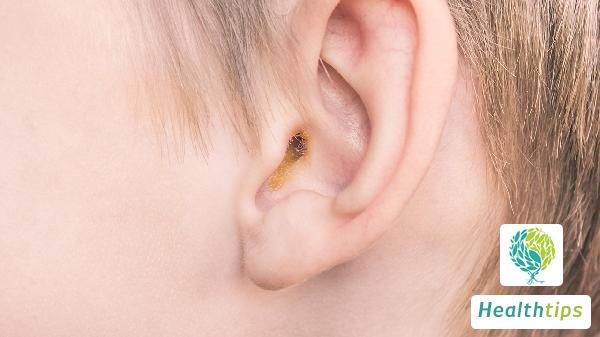What Does Pulmonary Fibrous Strip Mean?
Pulmonary fibrotic stripe shadow is a radiological description, and the more common cases are pulmonary tuberculosis or pulmonary inflammation. After the immune system's self-healing or drug treatment, the lesion leaves an old scar in the lungs, indicating that the disease is in the healing stage and does not require further clinical intervention. Regular follow-up and consultation are sufficient. However, some literature reports indicate that some old lesions have undergone changes during follow-up, which is known as the occurrence of scar cancer. If there are significant changes in the lesion during follow-up, accompanied by symptoms such as chest pain, cough, and hemoptysis, a biopsy should be performed to clarify the nature of the lesion as much as possible.

A small amount of high-density fibrotic stripe shadow can be seen in the upper right lung, and the blood circulation in the upper parts of both lungs is relatively poor. When the body's immunity decreases, it is prone to infection with tuberculous bacteria. Although the symptoms may not be severe, the condition can heal unconsciously, often only discovered during physical examination. If the high-density fibrotic stripe shadow does not have blurred edges, it indicates no active tuberculosis, and there is no need for concern. High-density fibrotic stripe shadows in the left upper and middle lungs suggest a previous history of lung inflammation, resulting from local tissue fibrosis after inflammation absorption. This is a case of old lesions, which require no special treatment and do not affect the physical examination results.



















